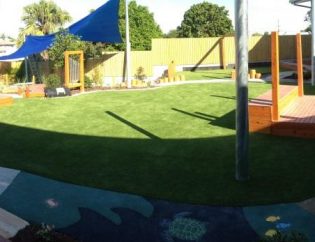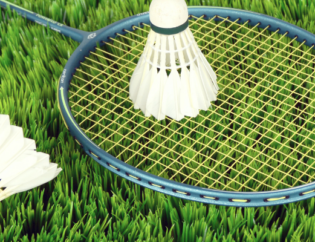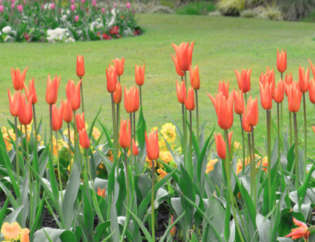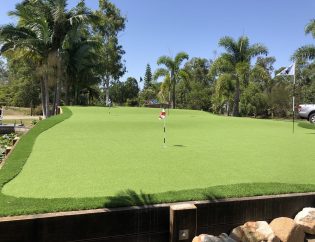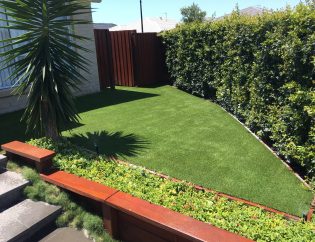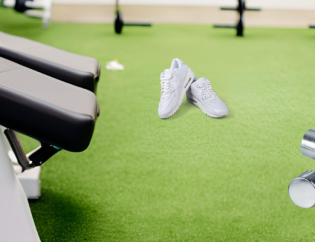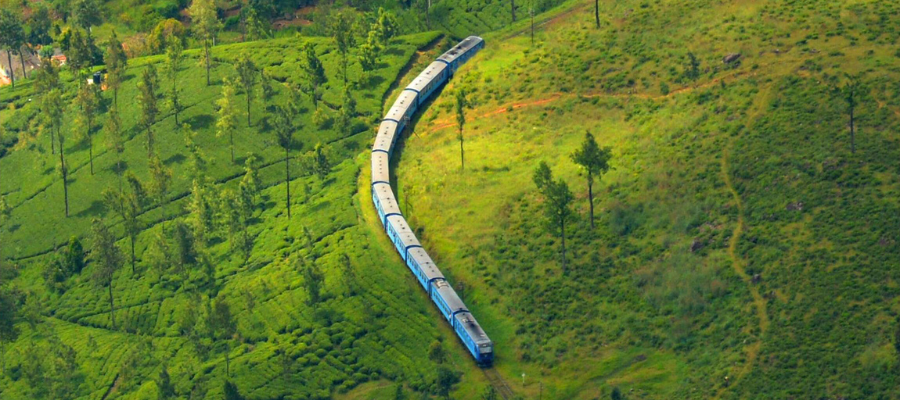
Is ‘Fake Grass’ Right for My Model Railway?
Realistic Appearance
Artificial grass can significantly enhance the visual appeal of model railways. Modern artificial turf is designed to closely mimic the look and texture of natural grass, offering a lush, vibrant appearance. This realistic look can add a new level of authenticity to your miniature landscapes, making your model railway scenes more immersive and enjoyable.
Durability and Longevity
One of the main advantages of artificial grass is its durability. Unlike natural grass, which can wilt and fade, artificial turf maintains its appearance over time. It is resistant to wear and tear, ensuring that your model railway scenery remains pristine even after years of use. This longevity makes it a cost-effective choice for hobbyists looking to invest in high-quality materials for their layouts.
Low Maintenance
Maintaining a model railway layout can be time-consuming, but artificial grass helps reduce the workload. It does not require watering, trimming, or fertilising, allowing you to focus more on the creative aspects of your hobby. Additionally, artificial grass is easy to clean and can be vacuumed or brushed to remove dust and debris, keeping your layout fresh and vibrant.
Choosing the Right Artificial Grass for Model Railways
Pile Height and Density
When selecting artificial grass for your model railway, consider the pile height and density. For most model railway applications, a shorter pile height (around 10-20mm) is ideal, as it provides a neat and realistic look without overwhelming the scale of the models. Higher density grass can also enhance the appearance, making it look fuller and more natural.
Colour and Texture
Artificial grass comes in various shades of green, and some even feature brown or yellow strands to mimic the look of natural grass. Choose a colour and texture that matches the environment you are trying to recreate. For instance, a bright green might be suitable for a summer scene, while a more muted tone could work well for an autumn setting.
UV Resistance
To ensure that your artificial grass maintains its colour and quality, especially if your model railway is exposed to sunlight, opt for UV-resistant products. UV-resistant artificial grass will not fade or degrade when exposed to sunlight, ensuring that your layout looks vibrant for years to come.
Installation Tips for Artificial Grass in Model Railways
- Preparing the Base: Before installing artificial grass, prepare the base of your model railway layout. Ensure that the surface is clean, smooth, and level. For added stability, consider applying a layer of adhesive or double-sided tape to keep the grass securely in place.
- Cutting and Fitting: Measure the area where you want to place the artificial grass and cut it to fit. Carefully use a sharp utility knife to achieve clean, precise edges. If you are covering a large area, you may need to join multiple pieces of grass together. To create seamless joins, overlap the edges slightly and trim them to fit snugly.
- Securing the Grass: Secure the artificial grass using adhesive, double-sided tape, or small nails. Ensure that the edges are firmly attached to prevent lifting or shifting. For larger layouts, consider using additional securing methods, such as weights or clips, to keep the grass flat and stable.
Maintenance Tips for Artificial Grass in Model Railways
- Regular Cleaning: Keep your artificial grass looking fresh by regularly cleaning it. Use a small vacuum or a soft brush to remove dust, debris, and loose fibres. For stubborn dirt or stains, gently wipe the area with a damp cloth.
- Avoiding Damage: To avoid damaging the artificial grass, handle it with care during installation and when rearranging your layout. Be cautious when using adhesives or sharp tools, and ensure that the grass is securely attached to prevent any movement or lifting.
- Repairing Wear and Tear: Over time, you may notice some wear and tear on your artificial grass. Small tears or frayed edges can be repaired using adhesive or by trimming the affected area. Regular maintenance and prompt repairs will ensure that your model railway scenery remains in excellent condition.
Four Creative Ideas for Incorporating Artificial Grass into Model Railways
1. Grass Fields and Meadows
Use artificial grass to create realistic fields and meadows on your model railway. Vary the height and colour of the grass to add depth and texture. You can also add small details like wildflowers, bushes, and rocks to enhance the natural look.
2. Park Scenes and Recreational Areas
Incorporate artificial grass into park scenes and recreational areas within your model railway layout. Create miniature playgrounds, picnic areas, and walking paths surrounded by lush grass. Adding benches, trees, and people figures to make these scenes come to life.
3. Railway Embankments and Slopes
Cover railway embankments and slopes with artificial grass to achieve a neat, well-maintained look. Use shorter pile grass for embankments to create a tidy appearance and longer pile grass for more natural, overgrown slopes.
4. Rural Landscapes and Farmlands
Artificial grass can be used to depict rural landscapes and farmlands. Combine it with other scenery elements like fences, barns, and farm animals to create a charming countryside scene. You can even create realistic crop fields by mixing artificial grass with model crops.


